#extinct bird
Explore tagged Tumblr posts
Text
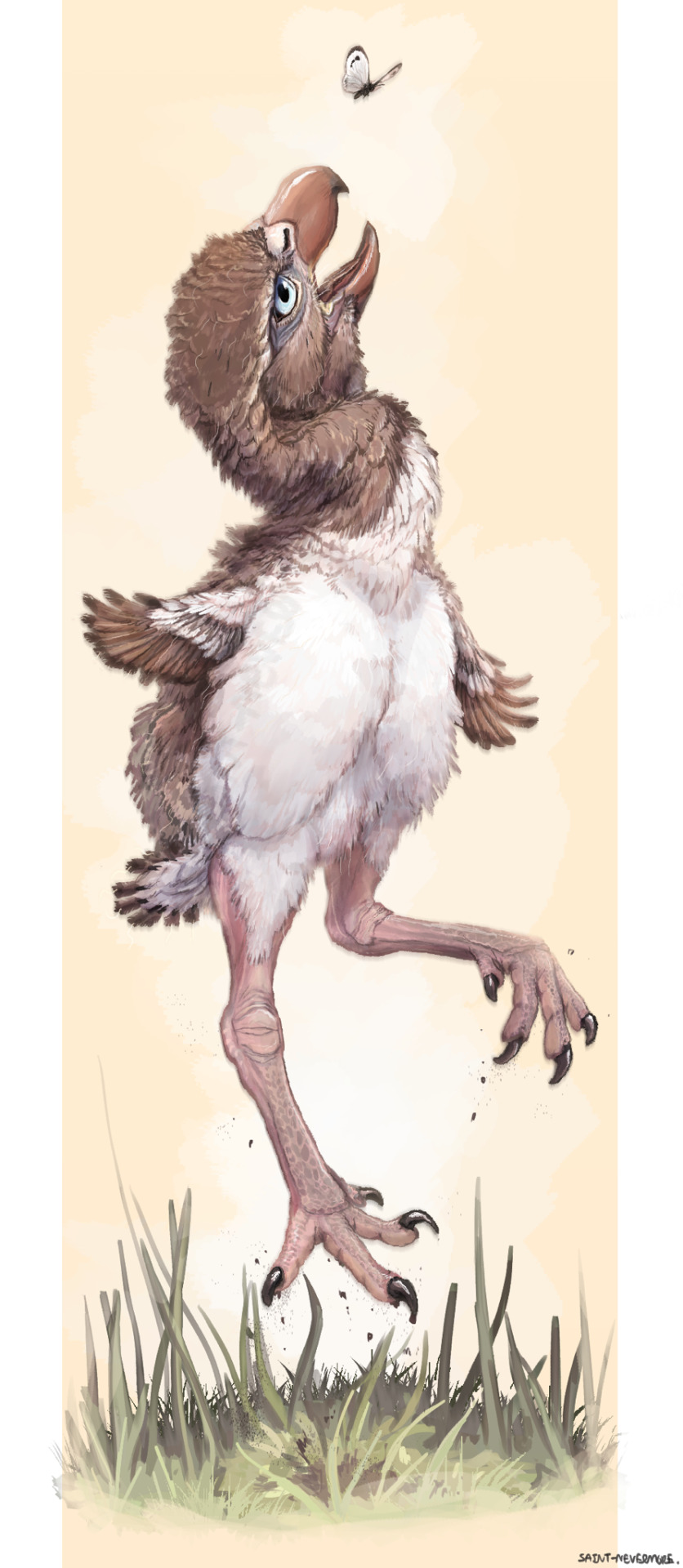
baby phosrusrhacos leaping for a butterfly, somewhere between hunting and play :)
#fraizer draws#art#i did not double check baby terrorbird stats so mind inaccuracies#i just drew whatever i felt in my soul#terror bird#terrorbird#extinct bird#birds#palaeoart#paleoart#paleontology#dinovember#palaeontology#illustration#phosrusrhacos#edit turns out we know nothing about terror bird ontology#i did look at sereima babys and decide to make it a bit tighter feathered for the size#but otherwise theyre like. Mini adults
5K notes
·
View notes
Text
#Paleostream 14/06/2025
here's today's #Paleostream sketches!!!
today we sketched Hesperornis (i drew H. regalis), Asiatyrannus, Manis palaeojavanica, and Khankhuuluu




#Paleostream#paleoart#digital art#paleontology#digital artwork#artists on tumblr#palaeoart#digital illustration#sciart#id in alt text#dinosaur#paleoblr#palaeoblr#sketch#sketches#bird#extinct bird#Hesperornis#Hesperornis regalis#tyrannosaur#Asiatyrannus#pangolin#extinct pangolin#Manis#Manis palaeojavanica#Khankhuuluu#Khankhuuluu mongoliensis
225 notes
·
View notes
Text
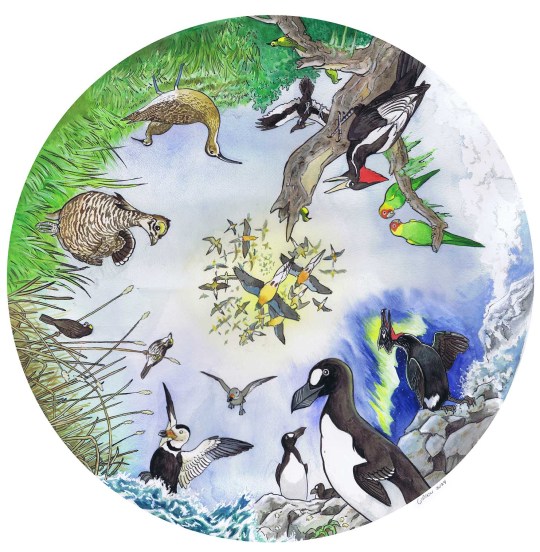
Lost Americans wheel. Watercolor and ink.
#extinct#extinct bird#great auk#carolina parakeet#passenger pigeon#eskimo curlew#labrador duck#ivory billed woodpecker#bachman's warbler#heath hen#dusky seaside sparrow#spectacled cormorant
958 notes
·
View notes
Text

Aldabra rail: The bird that came back from the dead by evolving twice. The flightless Aldabra rail went extinct 136,000 years ago when its atoll home sank beneath the waves. Then it evolved again.
Welcome back!
https://www.livescience.com/animals/birds/aldabra-rail-the-bird-that-came-back-from-the-dead-by-evolving-twice
102 notes
·
View notes
Text
youtube
Hawkin’s rails were large, flightless rails that occurred on the two largest islands in the Chatham Island group off the east coast of New Zealand, Chatham and Pitt, being the only member of the genus Diaphorapteryx, and being notable for having long, curved bills. I hope you enjoy.
#Diaphorapteryx#hawkin's rail#flightless rail#extinct bird#rallidae#chatham islands#new zealand bird#Youtube
2 notes
·
View notes
Text
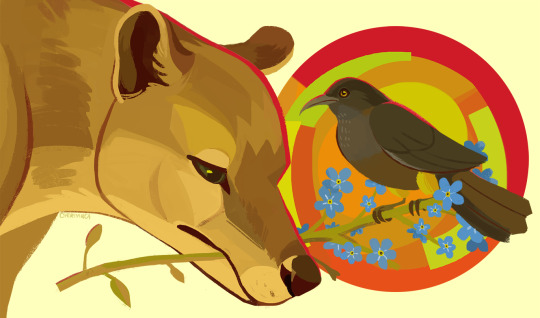
endling
5K notes
·
View notes
Text
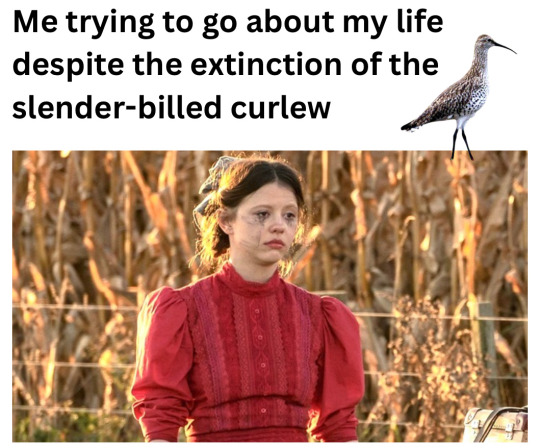
Yeah this one hurts
4K notes
·
View notes
Note
Would love some photos of the ivory billed woodpecker if you have them :)
WHAT AN ABSOLUTELY STELLAR IDEA!!!

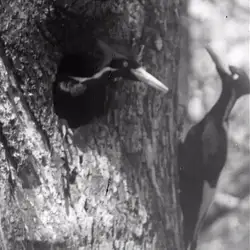
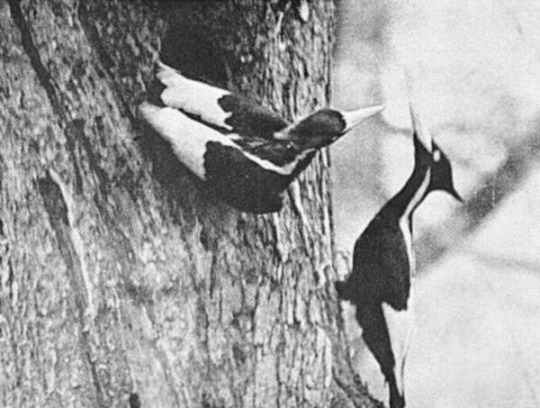
Ivory-billed Woodpeckers (Campephilus principalis), family Picidae, order Piciformes, Singer Tract, LA, USA (1935)
EXTINCT.
This bird was found in the Southern US and Cuba.
Extinct due to deforestation.
The last credible sighting in the US was in 1944 (though, its possible that the bird was sighted in East TX in the 1960s).
The last sighting in Cuba was in 1987. (Some ornithologists consider the Cuban population to have been a separate species.)
Though many people believe that they may still exist, due to possible sightings in a swamp in Arkansas, no conclusive credible evidence has been produced.
The Ivory-billed was one of the largest woodpeckers in the world, and was the largest in the U.S., growing to 51 cm (20 in; 1.67 ft) long and 76 cm (30 in; 2.49 ft) in wingspan.
I could swear that I saw one in the Pearl River swamp of Mississippi in 1998, but it was getting dark, and it flew by quickly, so...
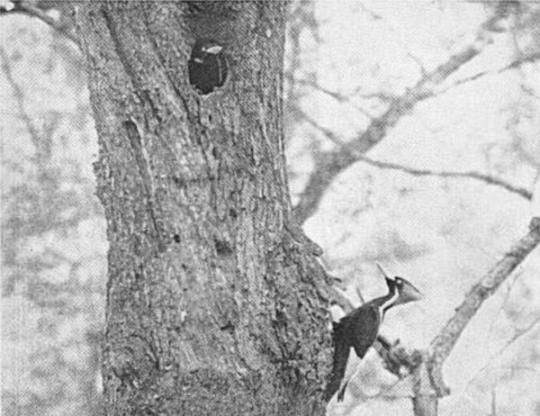
images by Arthur A. Allen
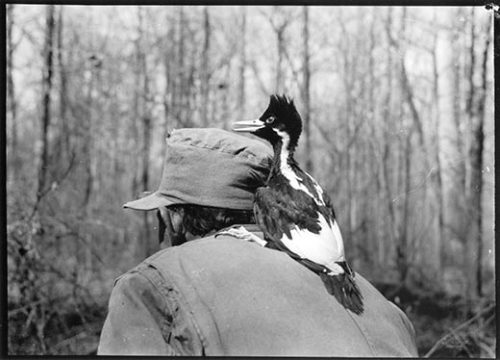
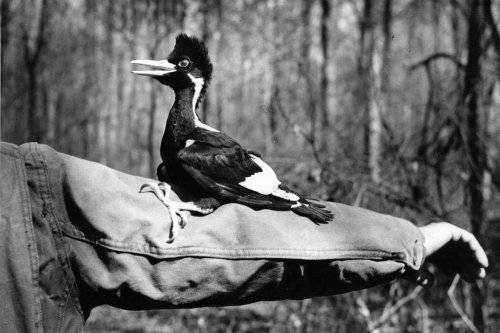
James T. Tanner’s guide, J. J. Kuhn, with a juvenile Ivory-billed Woodpecker (1938).
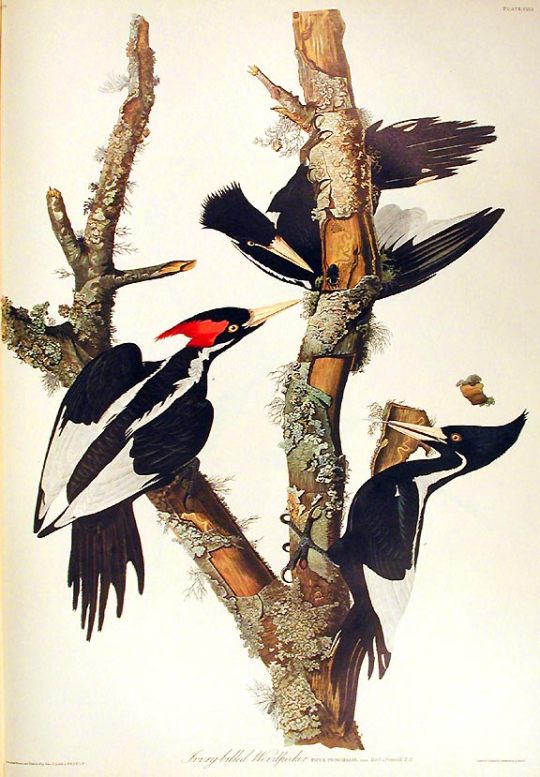
L- male, R - female
painting by John James Audubon (1827)
1K notes
·
View notes
Text

"Soon my love we will join the others under the museum lights, but for now, under the starlight, you are glowing"
The last Passenger Pigeon and last Carolina Parakeet on earth both died at the Cincinnati zoo in the early 1900s.
8K notes
·
View notes
Text
A study that just came out demonstrates that outdoor cats are known to prey on over two thousands species of wild animal, from mammals to birds to insects. That includes 347 species that are endangered, threatened or otherwise of concern, and they've been a key factor of the permanent extinction of over 60 species. And while cats may not always bring home what they catch, chances are if your cat is allowed to roam unsupervised outside, they're killing your local wildlife.
Why is this so important? Worldwide, wild animal populations have decreased in number by 69% in the past fifty years; that means that in my lifetime (born in 1978), the sheer number of wild animals in the world has been decreased by over half. Even "common" wild species are less numerous than before. While habitat population is the single biggest cause of species endangerment and extinction overall, outdoor and indoor/outdoor cats are a significant cause as well. In fact, they are the single biggest cause of human-caused mortality in wild birds.
Most importantly, it's very, very simple to fix this problem: keep your cats indoors, and spay and neuter them. If your cat is bored, they need more enrichment, and there are plenty of ways to make your home more exciting for them, from bringing home cardboard boxes for them to explore, to playing with them more often. If you want your cat to get some outdoor enrichment, leash train them (yes, it can be done!) If you have the space and resources, build them a catio where they can be safe from outdoor dangers like predators and cars, while also keeping local wildlife safe from them.
If you just give into their whining and pawing at the door, then they know that that's what they have to do to get their way; I know it's a tough transition, but it's worth it in the end for everyone involved. Cats are domesticated, which means they are not native anywhere in the world; there are exactly zero ecosystems in which they belong, save for the safety of your home. It is your responsibility to give them an enriching environment without taking the shortcut of letting them go wreak havoc outside.
#cats#outdoor cats#feral cats#nature#wildlife#animals#ecology#environment#conservation#science#scicomm#birds#endangered species#extinction#domesticated animals#domestication#biology#animal behavior#animal welfare
8K notes
·
View notes
Text
0 notes
Text

Gone, but not forgotten. 🦤 Today’s Exhibit of the Day is one of the most famous birds in history: the Dodo (Raphus cucullatus). This iconic species is a lesson in extinction. Around the year 1600, Dutch soldiers found the Dodo on Mauritius Island, east of Madagascar. Less than 80 years later, it was gone. Deforestation, hunting, and the introduction of invasive species contributed to the downfall of this flightless bird.
Though it died out before photography, the Dodo’s skeleton offers clues about what this species was like. For example, this bird couldn’t fly—its wings were small for its size, its sternum had no keel (the support birds need for flight muscles), and it had thick leg bones made for walking. You can see a Dodo skeleton in the Museum’s Hall of Biodiversity.
Photo: D. Finnin/ © AMNH
#science#amnh#museum#nature#natural history#fossil#animals#fact of the day#did you know#dodo bird#dodo#extinction#american museum of natural history#natural history museum#museum of natural history
1K notes
·
View notes
Text
#Paleostream 18/01/2025
here's today's #Paleostream sketches!!!
today we sketched Han, Tameryraptor, Rhizodus, and Dinornis




#Paleostream#paleoart#digital art#paleontology#digital artwork#artists on tumblr#palaeoart#digital illustration#sciart#id in alt text#dinosaur#paleoblr#palaeoblr#invertebrate#extinct invertebrate#Han#Han solo#theropod#carcharodontosaur#carcharodontosauridae#Tameryraptor#fish#extinct fish#extinct fish art#Rhizodus#bird#extinct bird#recently extinct bird#moa#ratite
119 notes
·
View notes
Text
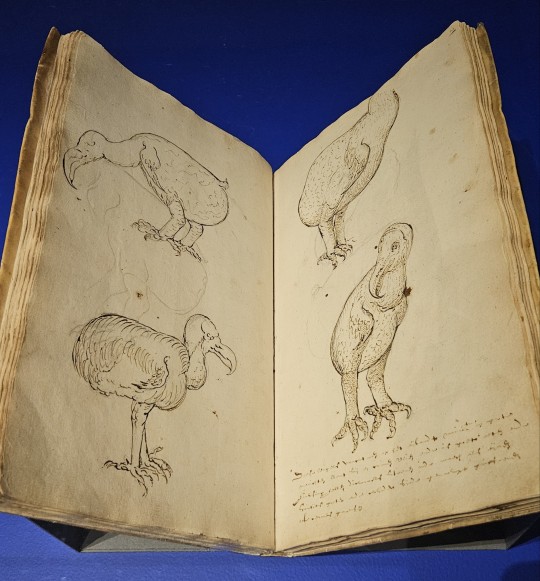
Dodo sketches from Joris Joostensz Laerle, in a ship's logbook from 1601-1603. These were the first drawings of a live dodo, and the only ones drawn on Mauritius. Apparently another dutch name for the dodo is "walgvogel", disgusting bird, because despite hunting them for food, not everyone thought they were that tasty :^l The logbook was on display at the temporary exhibit at the Allard Pierson museum
Closeups of these sketches and the sketches of a (likely) dead dodo:


Joris also drew other birds that later went extinct: The mauritian parrot, the red rail, and the Mauritian pigeon

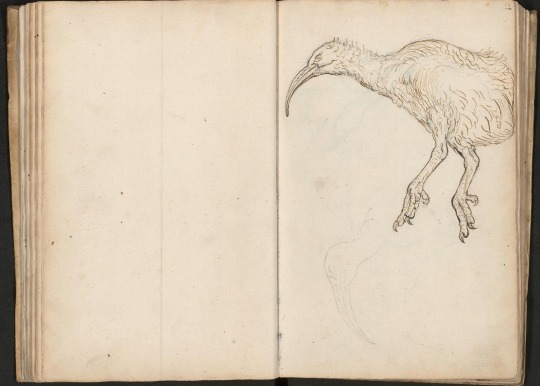
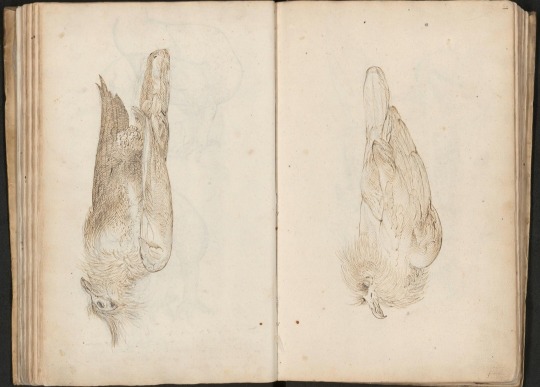
The closeups of the sketches are from the Atlas of Mutual Heritage, where you can find more sketches and information about the logbook
2K notes
·
View notes
Text
Biodiversity Reclamation Suits for Urban Pigeons
Artist Laurel Roth Hope takes a unique approach to commemorating lost avian species, by designing and crocheting outfits that represent extinct birds, but are sized to fit a common city pigeon.
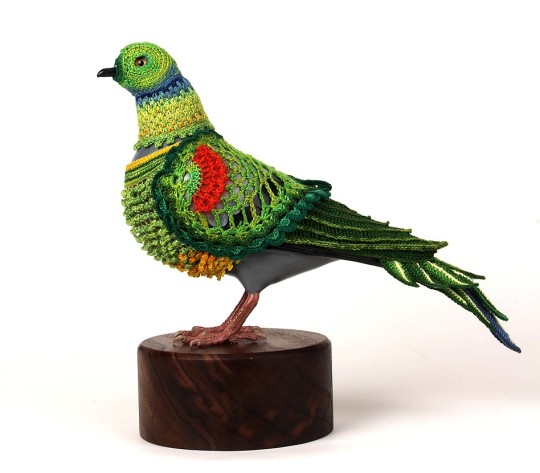
Seychelles Parakeet

Great Auk
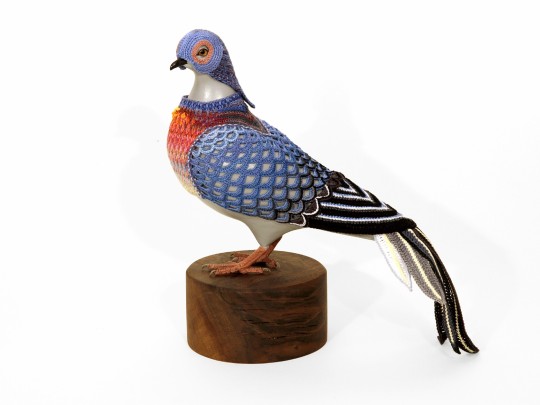
Passenger Pigeon
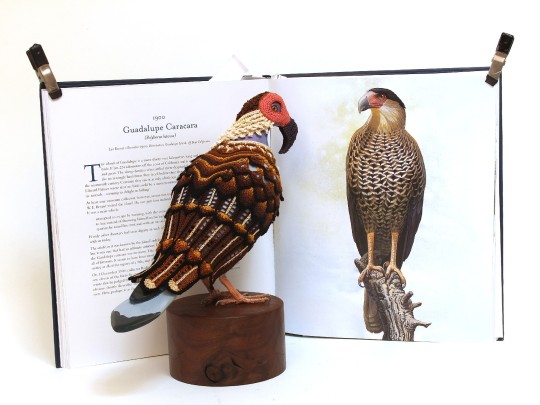
Guadalupe Caracara
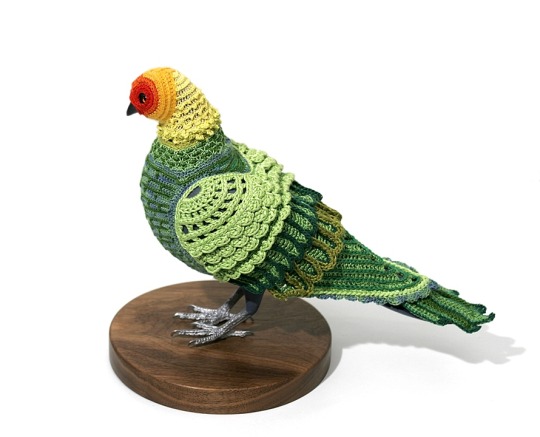
Carolina Parakeet
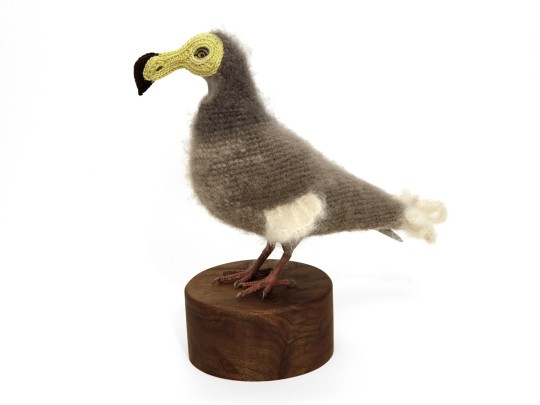
Dodo
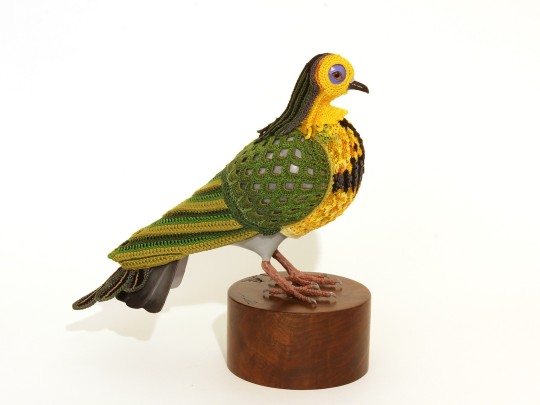
Bachman's Warbler

Heath Hens
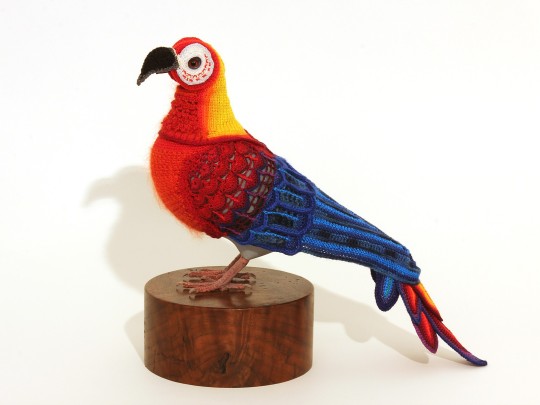
Cuban Red Macaw

Ivory Billed Woodpecker

Paradise Parrot
9K notes
·
View notes
Text

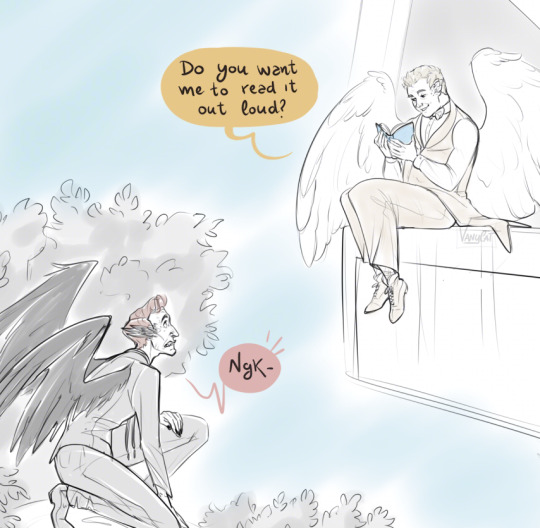
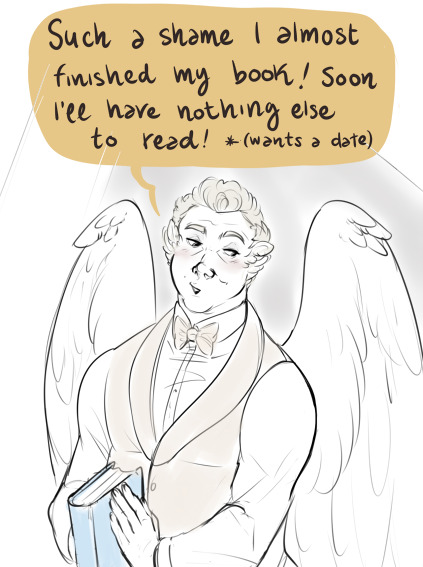
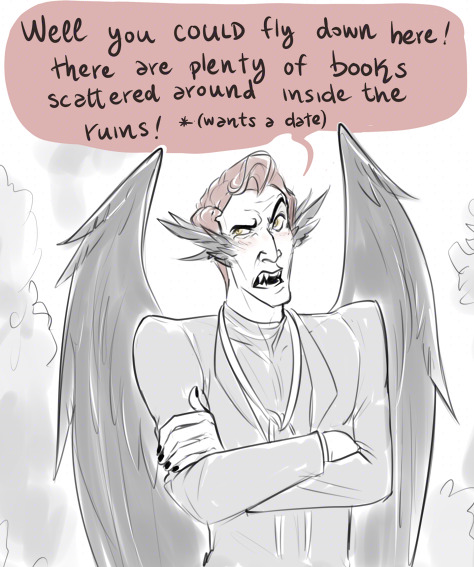
[Birds of a feather AU] Absolutely incapable of asking each-other out normally in every single universe <.<
#good omens#crowley#aziraphale#ineffable husbands#aziracrow#aziraphale x crowley#good omens comic#Birds of a Feather AU#The setting is that humans got extinct centuries before the start of the story#and in the fallen ruins of their civilizations the only left are these angels-like creatures#and Crowley and Aziraphale belongs to different enemy flocks#Aziraphale is super fascinated with human books but gabriel doens't allows him to keep them#He's also not allowed to leave the refuge of Skyheaven that can only be reached by flying#(in this way Gabriel can protect his flock from the Fallen Flock because they can't fly up there)#Crowley lives on the ground as he can't fly with his torned up wings and have found plenty of books in his travels#but never really cared for them... until now 👀#and he starts to “CASUALLY” throws books on the walls of Skyheaven for Aziraphale#because he's so incredibly gay for him#Piccioni innamorati tag del giorno in italiano#e come direbbe Dodò: CIAO!
2K notes
·
View notes